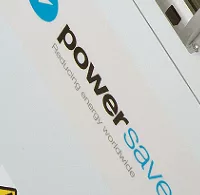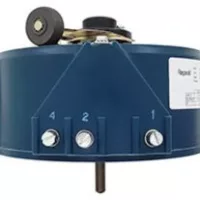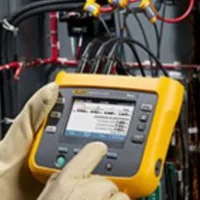APPLICATIONS
Resources
Frequently Asked Questions
Elevate Your Broadcast Infrastructure: Voltage Management Solutions
General Questions

Voltage Optimisation (PowerSave) Questions

Frequency Converter Questions

Regavolt Autotransformer Questions

Installation and Servicing Questions

Contact Us
Have a question regarding an application? Need more info? Contact us below!
ABOUT US
Claude Lyons, a UK brand established in 1918, has been a pioneer in voltage and power control, making significant advancements in energy saving and harmonic mitigation, and is globally recognised for its voltage stabilisers, power conditioning and uninterruptible power supplies (UPS). In 2016, Allendale Group Ltd acquired Claude Lyons’ trademarks, product designs, and intellectual property, continuing the legacy of innovation and commitment to high-quality products.
Allendale Group Ltd
Pindar Road
Hoddesdon
Hertfordshire
EN11 0BZ
United Kingdom
Tel: +44 (0)1992 455 930
Email: sales@claudelyons.com
Claude Lyons Ltd is a subsidiary company of Allendale Group Ltd.


